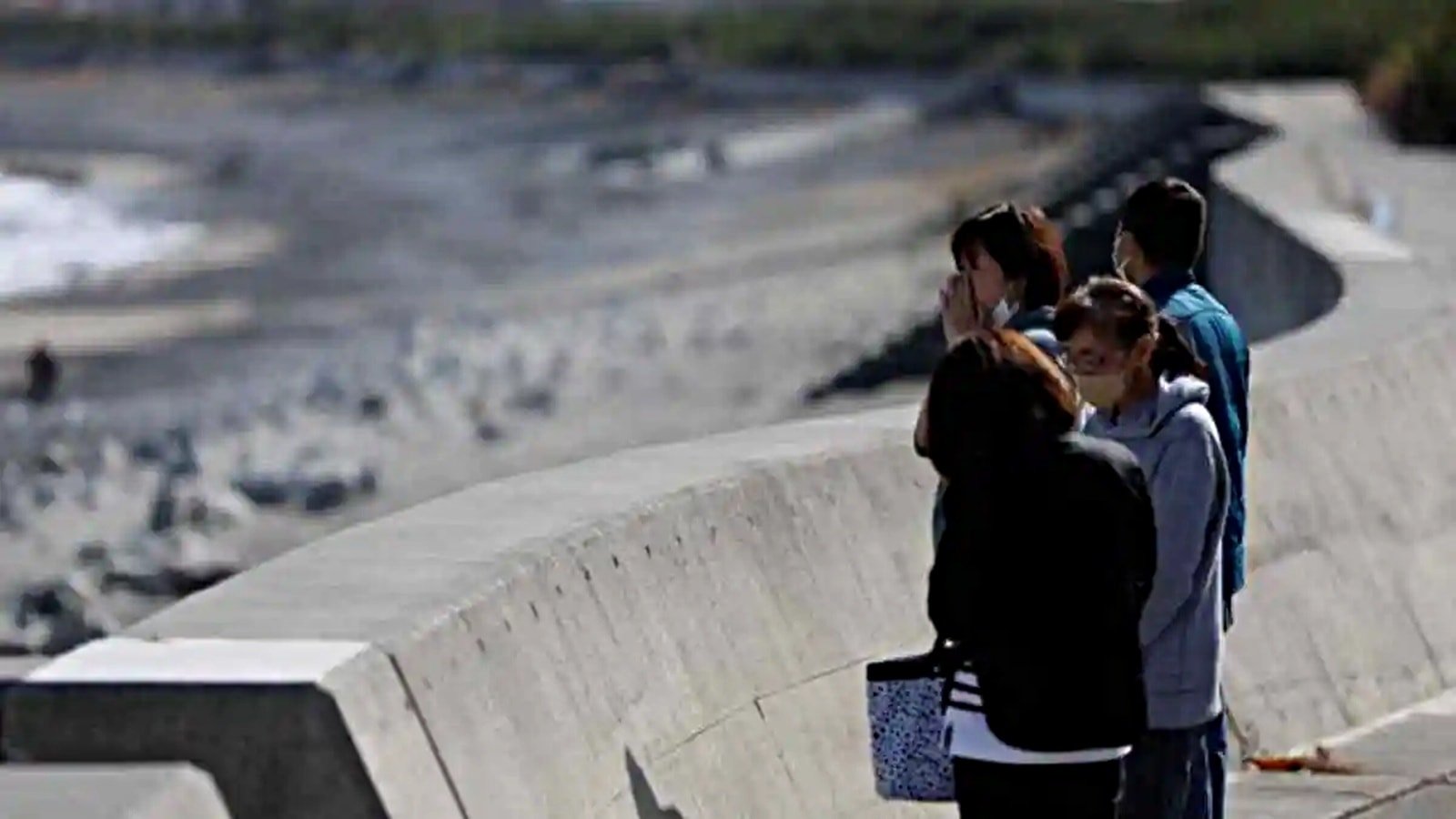Fourteen years after the 2011 Tohoku earthquake and tsunami swept away six-year-old Natsuse Yamane in Japan, her remains have finally been found, allowing her grieving family to bring her home finally.
When the 9.0 magnitude earthquake struck Japan’s northeast coast on March 11, 2011, Natsuse was at home with her grandmother in Yamada, a coastal town in Iwate Prefecture. As the tsunami roared in, the girl was on her way from home to a nearby refuge centre. Her mother, Chiyumi, still remembers the moment she realised her daughter was gone.
The earthquake had triggered fires and with roads cut off, other family members could not return. Though the grandmother survived, Natsuse vanished in the chaos — one of more than 2500 people still listed as missing after the disaster.
For months, the Yamanes searched through shelters and temporary morgues being hopeful. But months after the disaster, they had to accept what they feared most and registered Natsuse’s death. Still, every June, they celebrated her birthday, placing a cake on the small altar at home as if she was still part of their life.
Then, years later this month, the phone rang. A call from Minami-Sanriku in neighbouring Miyagi Prefecture, about 100 km from Yamada, brought news they never expected to hear again. Some human remains, a small jawbone with teeth had been discovered by a volunteer cleaning coastal debris.
Police conducted a DNA test and confirmed that the remains belonged to Natsuse.
On October 16, her parents, Chiyumi, 49, and Tomonori, 52, and her elder brother Daiya, 26, finally welcomed her home. Holding the small urn that carried her daughter’s remains, a tearful Chiyumi told South China Morning Post that she could almost hear Natsuse’s soft voice calling “Mama”, one of the few words the little girl, who had autism had ever spoken clearly.
Story continues below this ad
Chiyumi said that she felt like “the four members of our family live together again”.
Her husband told SCMP, “We can’t wait to let her eat her favourite cake.”
Natsuse’s grandmother, who had lived with guilt ever since the day she lost hold of her granddaughter’s hand, also burst into tears when she heard the news. “Thank you for coming back to us. You tried so hard,” said Chiyumi.
More than 18,000 people lost their lives or went missing when an earthquake triggered a massive tsunami that engulfed Japan’s northeastern coast. Tens of thousands more were left shattered losing loved ones, homes, and livelihoods. The incident deepened as entire communities were forced to flee following the meltdowns at the Fukushima Daiichi nuclear power plant.
Story continues below this ad
Even after the incident, many of the towns devastated by the disaster have only been partially rebuilt. As of 2017 February AP reports, 1,23,000 were still displaced. Housing subsidies for so-called “voluntary evacuees” those who left areas not designated as evacuation zones were due to run out by the end of March. Japanese media said some of those families have struggled to find new housing for so many years after the disaster.
(With inputs from South China Morning Post)



